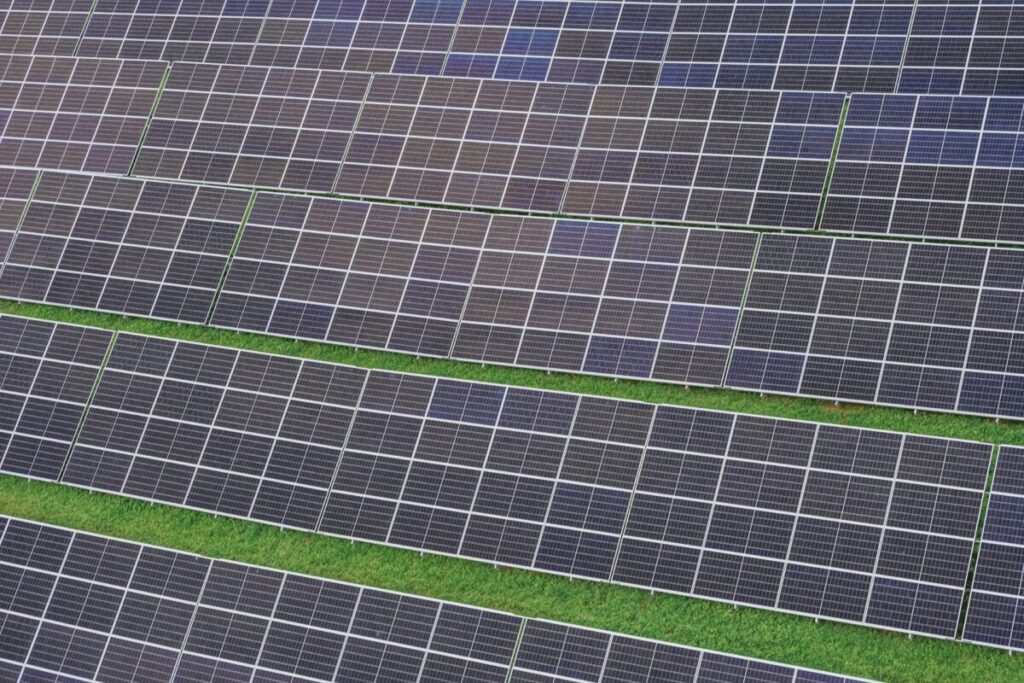Academics have developed a maximum power point tracking (MPPT) algorithm for PV systems that combine incremental conductivity with Fuzzy Logic Control. The entrances used are the sum of conductivity and incremental conductivity and the speed of change. It had an average efficiency of 97.7%.
Research led by scientists at the Cadi Ayyad University of Marrakech from Morocco has proposed a new MPPT algorithm for PV systems under fluctuating conditions. Their method combines incremental conductivity (Inc) with Fuzzy Logic Control (FLC), using the sum of conductivity and incremental conduction (SINC) and the speed of change (CSI) as input variables.
“This work contributes to the continuous efforts to improve the efficiency and adaptability of PV systems, and offers a robust solution for maximizing strength extraction under various and dynamic operating conditions with lower costs,” the team said. “By combining the strengths of incremental guidance and fuzzy Logic Control, our proposed approach discusses the limitations of traditional MPPT methods, which offers considerable progress in the field of renewable energy systems.”
In the proposed system, INC is an MPPT method that uses conductivity and its change, while FLC applies logic-based rules instead of mathematical modeling. The logic -based logic in this model is based on the values of Sinc and CSI.
“The rules improve MPP tracking under low radiation conditions,” the team explained. “They also ensure the refinement of all limits of membership function, which leads to improved general system performance.”
The new method was tested in a Matlab/Simulink simulation of a 210 W PV panel with a DC-DC-boost converter. The converter was arranged by a 10 kHz pulse width modulation (PWM) signal and connected to a resistance load of 50 Ω. The method was compared with three competing MPPT algorithms. The first used the Perturb and Observe (P&O) method with FLC, using the slope of the wealth voltage curve and power variation as inputs. The second also combined P&O with FLC but used the power voltage slope and the change in that slope as inputs. The third was Inc-FLC, which only used SINC as import.
All four MPPT techniques were tested under dynamic radiation conditions, with temperature determined at 25 C. The irradiation increased every 0.2 seconds from 200 to 1,000 W/m². They were also tested under dynamic load conditions, with radiation fixed at 500 W/m² or 1,000 W/m². In those cases, the 50 Ω load changed to 20 Ω after 0.2 seconds, then from 20 Ω to 35 Ω at 0.4 seconds.
“The proposed approach using Sinc and CSI because Fuzzy -input achieves the best performance, with an average efficiency of 97.7%, a convergence time of 53 MS and an RMS of 97.8%,” the scientists said. “This method maintains stable electrical quantities over different radiation levels and under tax variations, so that oscillations are effectively eliminated and ensures reliable effect under dynamic conditions.”
The researchers noted that the proposed method during simulations showed a slight delay (fewer than 5 milliseconds) when responding to sudden tax changes. Although this had little effect on efficiency or stability, they said it points to the need to refine the response of the algorithm. They concluded that the low root average square error and high performance of the method are robustness and potential for Real-World PV systems under dynamic conditions.
The scientists presented their results in “Hybrid Fuzzy Logic approach for improved MPPT control in PV systems“Which was recently published in Scientific reports. Scientists from the Cadi Ayyad University of Marrakech from Morocco, Mohammed First University, Sidi Mohamed Ben Abdellah University, Al-Baha University in Saudi Arabia and the Cardiff University of the United Kingdom have contributed to the study.
This content is protected by copyright and may not be reused. If you want to work with us and reuse part of our content, please contact: editors@pv-magazine.com.

